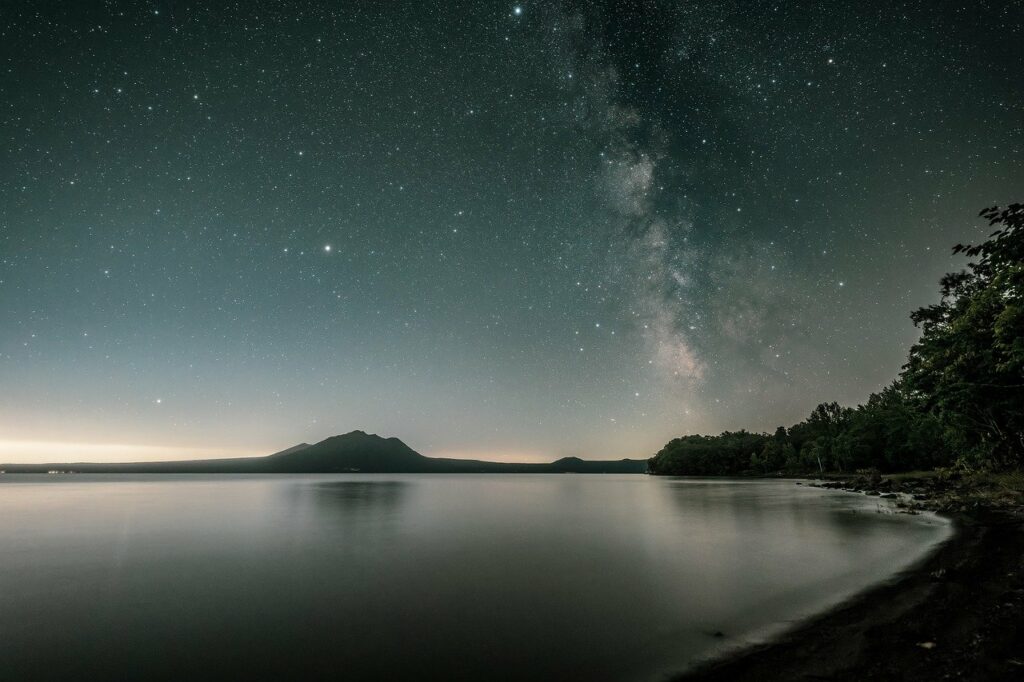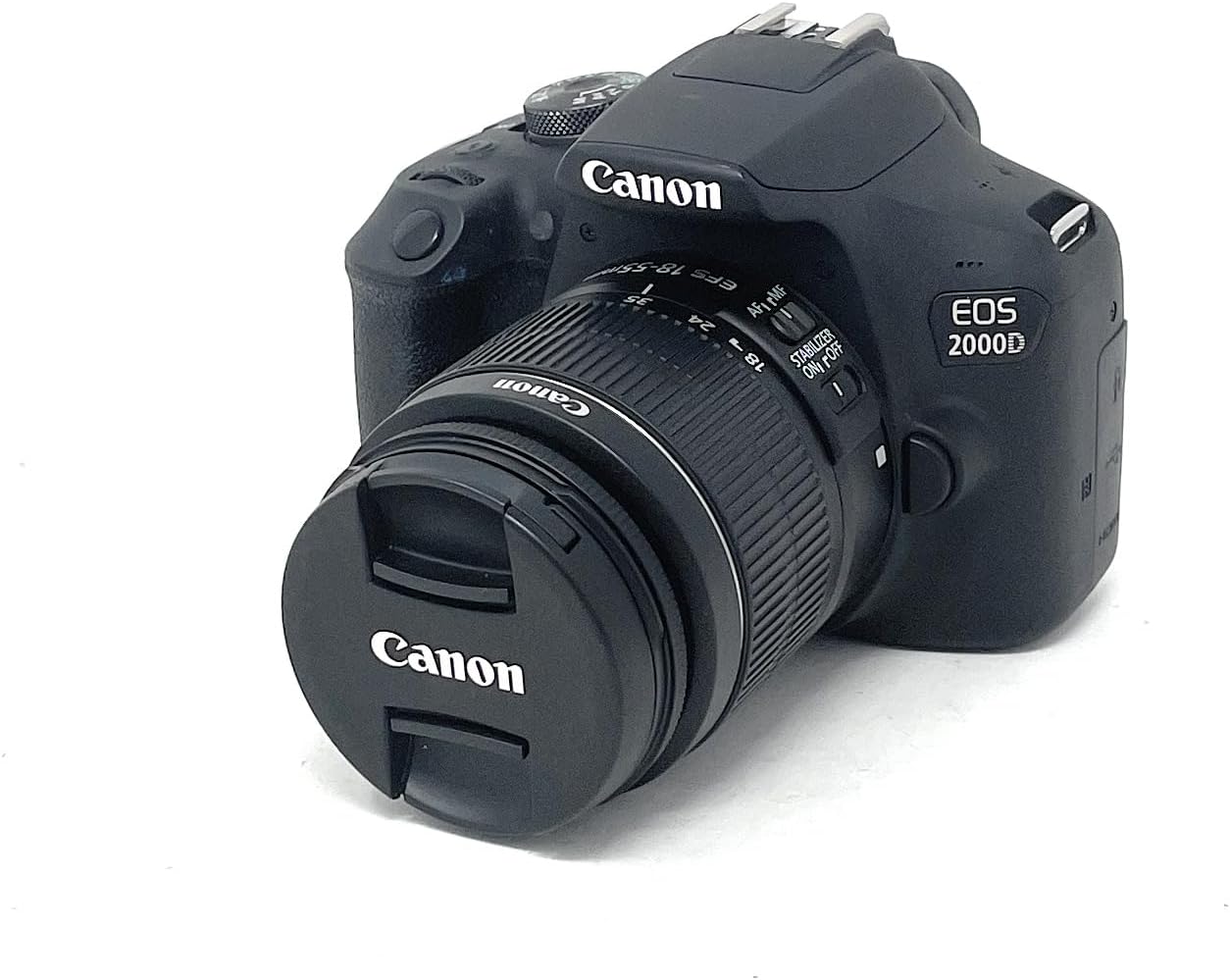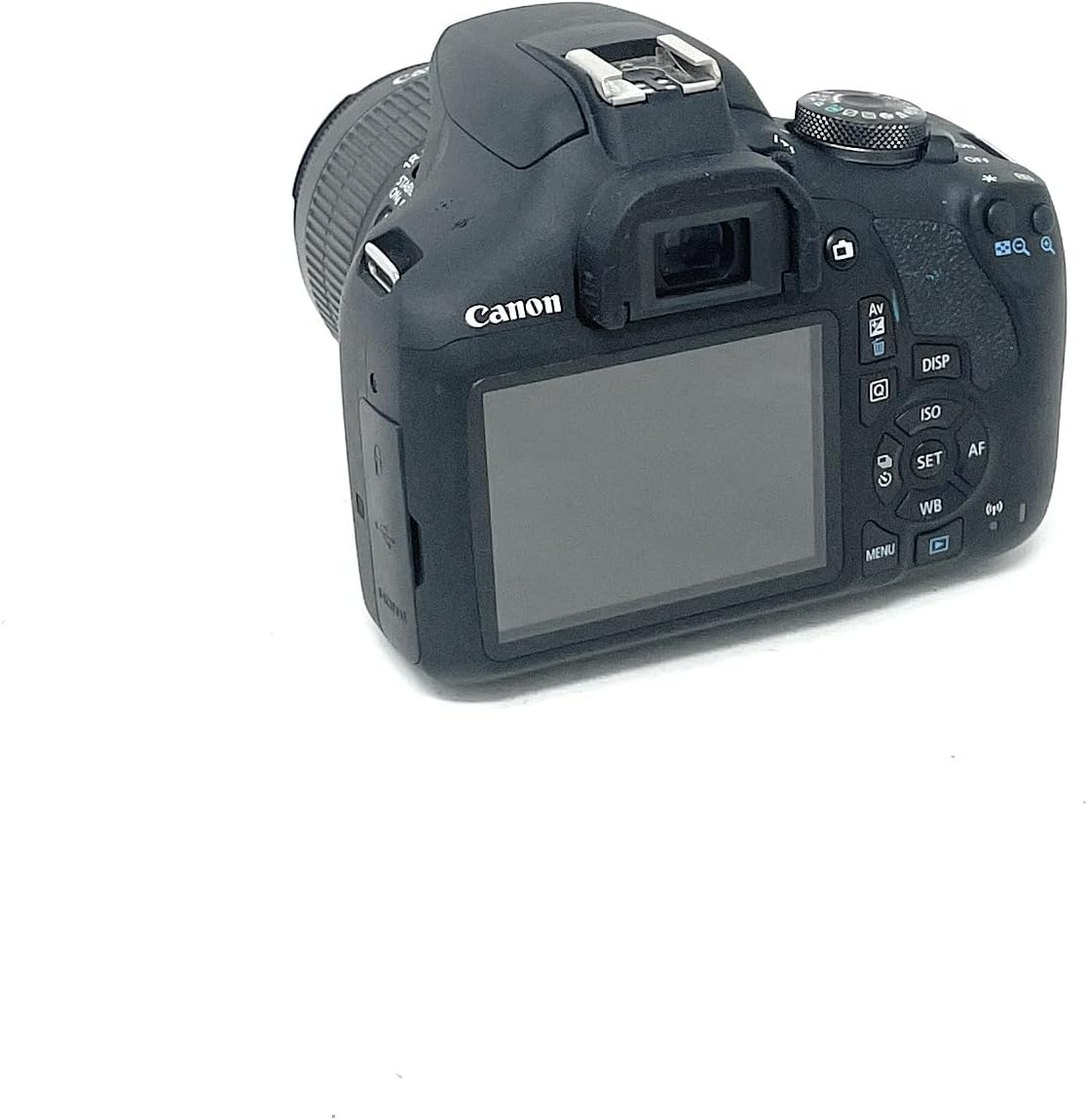Searching for the best astrophotography camera for beginners can seem daunting, but it doesn’t have to be. Learn a few things first and the process becomes much easier.
Many are drawn to this form of photography because it combines art and science, allowing you to capture great photos right from your own back garden.
This requires a camera tailored to handle low-light and vast distances. So when you’re on a quest to find the best camera, focus on several key features that can make all the difference to your photos (or videos!)
Beginners often begin with an entry-level DSLR or Mirrorless camera. In contrast to point-and-shoot or mobile phone cameras, these models feature interchangeable lenses, which are highly advantageous for astrophotography.
The Science Behind the Magic: Camera Technology
Astrophotography relies heavily on the underlying technology of cameras to transform faint starlight into a stunning image.

The magic begins in the camera’s sensor, a vital component that influences how well your camera performs in low-light conditions.
Full-frame sensors generally outperform smaller ones by capturing more light, essential when you’re shooting in the dark expanse of the night sky.
High ISO capabilities allow cameras to be more sensitive to the little light available at night, helping to produce clearer images with less noise.
However, there’s a delicate balance here, as pushing the ISO too high can introduce graininess, so experiment with your camera’s limits.
Another important aspect is noise reduction technology. Long exposure shots, common in astrophotography, often introduce speckles of ‘noise’ that can mar the crystal-clear picture you’re aiming for.
Cameras with advanced noise reduction features help mitigate this issue, allowing for cleaner, crisper starry skies.
Getting the right exposure can be tricky. Cameras offering manual controls over aperture, shutter speed, and exposure settings provide the flexibility necessary to capture photos of the night sky with precision.
Don’t forget about image stabilization features, which can be invaluable if doing long exposures without a tripod.
Technological advancements have also introduced specialized filters within cameras, particularly in models designed for astrophotography.
These filters can help isolate specific wavelengths of light, such as those emitted by nebulas, enhancing the final image’s clarity and colour depth.
Mastering the use of these technologies and features requires practice and patience, but they are powerful tools in bringing the night sky to life through your lens.
Showcasing Excellence: Five Of The Best Astrophotography Cameras For Beginners
Canon EOS 2000D DSLR
The Canon EOS 2000D, also known as the Rebel T7 in North America, is an entry level DSLR that offers a great value starting point for beginners.
- Take beautiful photos and movies with background blur
- Easily connect, shoot and share on the move
- Express your creativity with easy to follow guidance
- Explore the power of DSLR and interchangeable lenses
- EOS 2000D body, EF-S 18-55mm f/3.5-5.6 IS II, Eyecup Ef, Camera Cover R-F-3, Camera strap EW-400D, Battery Pack LP-E10, Battery Charger LC-E10E
Specifications:
- Sensor: 24.1MP APS-C CMOS
- Processor: DIGIC 4+
- Autofocus: 9-point AF (1 cross-type)
- ISO Range: 100-6,400 (expandable to 12,800)
- Continuous Shooting: 3 fps
- Video: 1080p Full HD at 30/25/24fps
- Screen: 3-inch fixed LCD, 920k dots
- Connectivity: Wi-Fi, NFC
- Weight: 475g (with battery and memory card)
The popular Canon EOS 2000D has a 24.1MP APSC CMOS sensor and a DIGIC 4+ processor, which together provide a good image quality.
For basic astrophotography, like capturing the Milky Way or star trails, the EOS 2000D can perform well, especially when paired with a ‘fast’ lens and the right settings
It has its limitations, which you would expect for a camera of its price range. As such, for more advanced deep sky astrophotography you may want to consider a camera with better low light performance and higher ISO capabilities.
If you’re just starting out and looking for an affordable option, the Canon EOS 2000D is a great entry point. As you progress though, you might want to upgrade to a more advanced model.
Pentax 1202 KF DSLR
If you’re new to astrophotography, the Pentax KF DSLR offers dependable performance and beginner-friendly features that make it well worth a closer look.
- 24.24 effective megapixel, APS C AA filter less CMOS sensor, with ISO from 100 to 102400
- Dustproof and weather resistant with In body “SR” shake reduction mechanism
- Vari-angle LCD monitor with Night vision red light LCD display
- Pixel Shift Resolution with Motion Correction AA Filter Simulator: Moré reduction using “SR” unit and Pixel Shift Resolution with Motion Correction
- SAFOX X 11 Point AF with 9 Cross Sensors
Specifications:
- Sensor: 24.2MP APS-C CMOS
- Processor: PRIME MII
- ISO Range: 100-102,400
- Shutter Speeds: 1/6000-30 sec plus Bulb mode
- Image Stabilization: Sensor-shift Shake Reduction (SR)
- Continuous Shooting: 6 fps
- Video: 1080p Full HD at 30/25/24fps
- Viewfinder: Optical pentaprism, 100% coverage, 0.95x magnification
- LCD: 3-inch vari-angle TFT color LCD, 1,037k dots
- Connectivity: Wi-Fi
- Weight: 684g (with battery and memory card)
The Pentax 1202 KF camera features a 24.2MP APS-C CMOS sensor and also makes use of in-body image stabilization, great for capturing clear night-sky images.
One of its standout features is the Astrotracer function, which uses the camera’s GPS to track stars and reduce star trails during long exposures.
However, it is slightly heavier than some other entry level models, which might be a consideration if you’re planning to carry it around for extended periods.
Overall the Pentax KF provides a good balance of features and performance for beginners in astrophotography.
Canon EOS RP Mirrorless
The Canon EOS RP is a compact mirrorless camera that’s widely recommended for beginners in astrophotography, thanks to its full-frame sensor and ease of use.
- A small, light and intuitive full frame mirrorless camera for beginners and amateurs with a 26.2-megapixel CMOS sensor and Digic 8 image processor
- Dual Pixel CMOS Auto Focus with up to 4799 selectable AF positions, low light AF down to -5 EV and allows for Eye Detection AF
- An out camera or indoor camera with maximum ISO 40,000 sensitivity
- Full-frame 24-50mm range 2x Optical Zoom lens- a small, light, everyday zoom lens. F4.5-6.3 7-blade near-circular aperture producing artistic bokeh.
- Up to 4.5-stops of Optical Image Stabiliser & up to 7-stops of In-Body Image Stabilisation (tested under CIPA standards). STM focusing motor for smooth, fast, and near-silent autofocus.
Specifications:
- Sensor: 26.2MP full-frame CMOS
- Processor: DIGIC 8
- Autofocus: Dual Pixel CMOS AF with 4779 selectable AF points
- ISO Range: 100-40,000 (expandable to 50-102,400)
- Continuous Shooting: 5 fps
- Video: 4K up to 25p, Full HD up to 60p
- Screen: 3-inch vari-angle touchscreen LCD, 1,040,000 dots
- Viewfinder: 2.36M-dot OLED electronic viewfinder
- Connectivity: Wi-Fi, Bluetooth
- Weight: 485g (including battery and memory card)
- Battery Life: Approx. 250 shots per charge
The Canon EOS RP incorporates a 26.2MP full-frame CMOS sensor and DIGIC 8 processor providing excellent low-light performance.
The camera’s high ISO capabilities allow for detailed images with minimal noise, making it easier to photograph faint celestial objects.
The OES RP benefits from a compact size and lightweight design, convenient for outdoor astrophotography sessions.
The camera’s vari-angle touchscreen and Dual Pixel CMOS AF system also aid in precise focusing, a ‘must have’ for sharp astrophotography images.
Overall, the Canon EOS RP offers a good balance of features and performance, making it a suitable option for those new to astrophotography.
Sony Alpha 7 III Mirrorless
The Sony Alpha 7 III mirrorless camera is highly regarded for astrophotography, thanks to its excellent low light performance and versatile features.
- RESPONSIVE AUTOFOCUS: rely on Real Time tracking and Eye AF (human/animal) to keep your subject sharp in any situation
- BREATHTAKING IMAGE QUALITY: 24 Mp full frame sensor paired with high ISO capabilities to deliver outstanding images even in low light
- PROFESSIONAL VIDEOMAKING: Full-pixel readout with no pixel binning for high-resolution 4K HDR movie recording
- STEADY SHOOTING: 5-axis optical image stabilisation for stills and movies to compensate camera shakes
- IDEAL FOR: advanced users who want a compact everyday lens
Specifications:
- Sensor: 24.2MP full-frame Exmor R CMOS
- Processor: BIONZ X
- Autofocus: 693-point phase-detection AF / 425-point contrast-detect AF
- ISO Range: 100-51,200 (expandable to 50-204,800)
- Continuous Shooting: 10 fps
- Video: 4K up to 30p, Full HD up to 120p
- Screen: 3-inch tilting touchscreen LCD, 921,600 dots
- Viewfinder: 2.36M-dot OLED electronic viewfinder
- Image Stabilization: 5-axis in-body image stabilization
- Connectivity: Wi-Fi, Bluetooth
- Weight: 650g (with battery and memory card)
- Battery Life: Approx. 710 shots per charge
Its 24.2MP full-frame Exmor R CMOS sensor and BIONZ X processor produce high quality images with minimal noise, even at high ISO settings.
The camera’s 5-axis in-body image stabilization helps reduce camera shake during long exposures for clear and sharp astrophotography images.
The high ISO range allows for capturing detailed images in very low light conditions, making it a strong performer for night sky photography.
The camera’s tilting touchscreen and electronic viewfinder also provides flexibility and ease of use when composing shots in the dark.
A great feature of this camera is the Alpha 7 III’s 5-axis in-body image stabilization. This helps to reduce camera shake during long exposures. Also its user-friendly interface and customizable settings make it accessible for beginners.
Overall, the Sony Alpha 7 III offers a great balance of features and performance, making it a great option for both beginners and experienced astrophotographers.
Nikon Z6 II Mirrorless
The Nikon Z6 II mirrorless camera boasts features that make it a fantastic choice for beginners in astrophotography.
- Create in any light: The wide Z mount and large 24.5 MP full-frame sensor enable clean, detailed images across the ultra-wide ISO range. Low-light AF now works down to -6 EV with and an f/2 (or faster) lens.
- So much faster: Shoot full-resolution stills at up to 14 fps with full AF/AE. Capture up to 200 JPEGs or 124 12-bit uncompressed RAW images in one burst.
- Twin EXPEED: Two processors double the power at your disposal for everything from AF to buffer capacity. Performance is smooth as silk, whether filming or shooting stills.
- Dual card slots: Adapt to any workflow. You can use UHS-II SD cards in one slot and XQD cards, or the latest ultra-fast CFexpress cards, in the other.
- A multimedia powerhouse: Capture sharper, cleaner video footage with broader dynamic range. Eye-Detection and Animal-Detection AF are available while filming—and you can output footage however you need.
Specifications:
- Sensor: 24.5MP full-frame BSI-CMOS
- Processor: Dual EXPEED 6
- Autofocus: 273-point hybrid AF system
- ISO Range: 100-51,200 (expandable to 50-204,800)
- Continuous Shooting: 14 fps
- Video: 4K UHD at 30/25/24p, Full HD at 120/100/60/50/30/25/24p
- Screen: 3.2-inch tilting touchscreen LCD, 2,100,000 dots
- Viewfinder: 3.69M-dot OLED electronic viewfinder
- Image Stabilization: 5-axis in-body image stabilization
- Connectivity: Wi-Fi, Bluetooth, USB-C, mini HDMI, microphone, headphone
- Weight: 705g (with battery)
- Battery Life: Approx. 410 shots per charge
The Nikon Z6 II is celebrated for its robust low-light performance, provided by its 24.5MP full-frame BSI-CMOS sensor and dual EXPEED 6 processors.
The camera’s high ISO range allows for detailed images with minimal noise, and its excellent in-body image stabilization feature helps reduce camera shake during long exposures.
Even as a beginner, you’ll appreciate the camera’s interface. Nikon has designed the Z6 II to be user-friendly, ensuring that the controls are accessible even if you’re still learning the ropes.
For those new to astrophotography the Nikon Z6’s blend of performance, adaptability, and ease-of-use really does make it a great option to consider.
Selecting Your Ideal Camera: Balancing Needs and Budget
When venturing into astrophotography, identifying your specific needs is the first step.
Are you aiming to photograph vast starfields, focus on individual celestial bodies, or maybe capture both? Knowing your goals helps in narrowing down the camera features that matter most.
Budget can often be a decisive factor when choosing the right gear.
While top-of-the-line models offer premium features, there are many budget-friendly options that perform remarkably well and don’t overwhelm a beginner’s wallet.
Think ahead to future investment. As your skills develop, you’ll likely want to expand your capabilities, so choosing a camera that allows for accessory upgrades like lenses or tracking mounts can be a wise move.
It’s not just the camera that makes a successful astrophotographer. Accessories like sturdy tripods, remote shutters, and telescopes can greatly enhance your experience and results.
For newcomers, starting with a simpler camera can be beneficial, allowing you to focus on mastering techniques.
Good composition, understanding exposure time, and learning to use the equipment effectively will always yield impressive results, regardless of the camera model.
New to astrophotography? Don’t miss our free beginner’s guide to astrophotography—packed with tips, techniques, and easy-to-follow advice.








